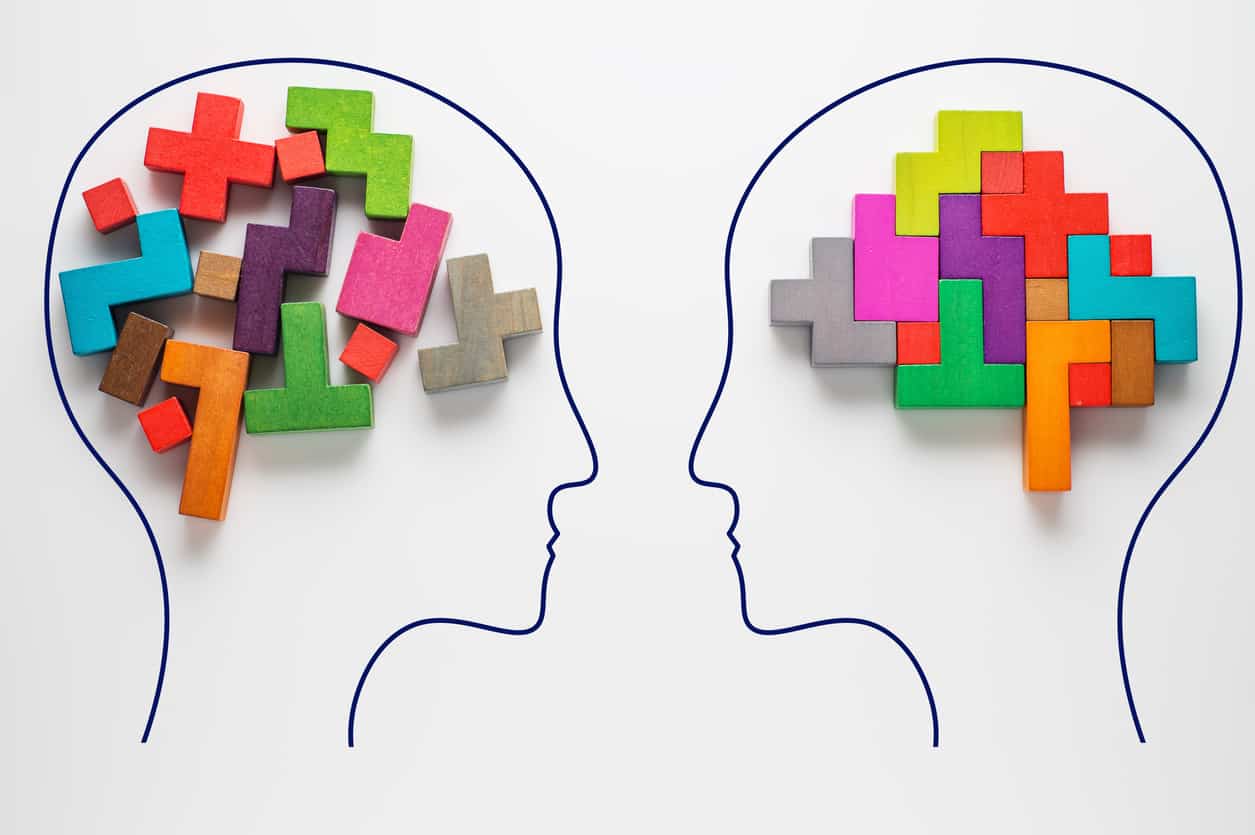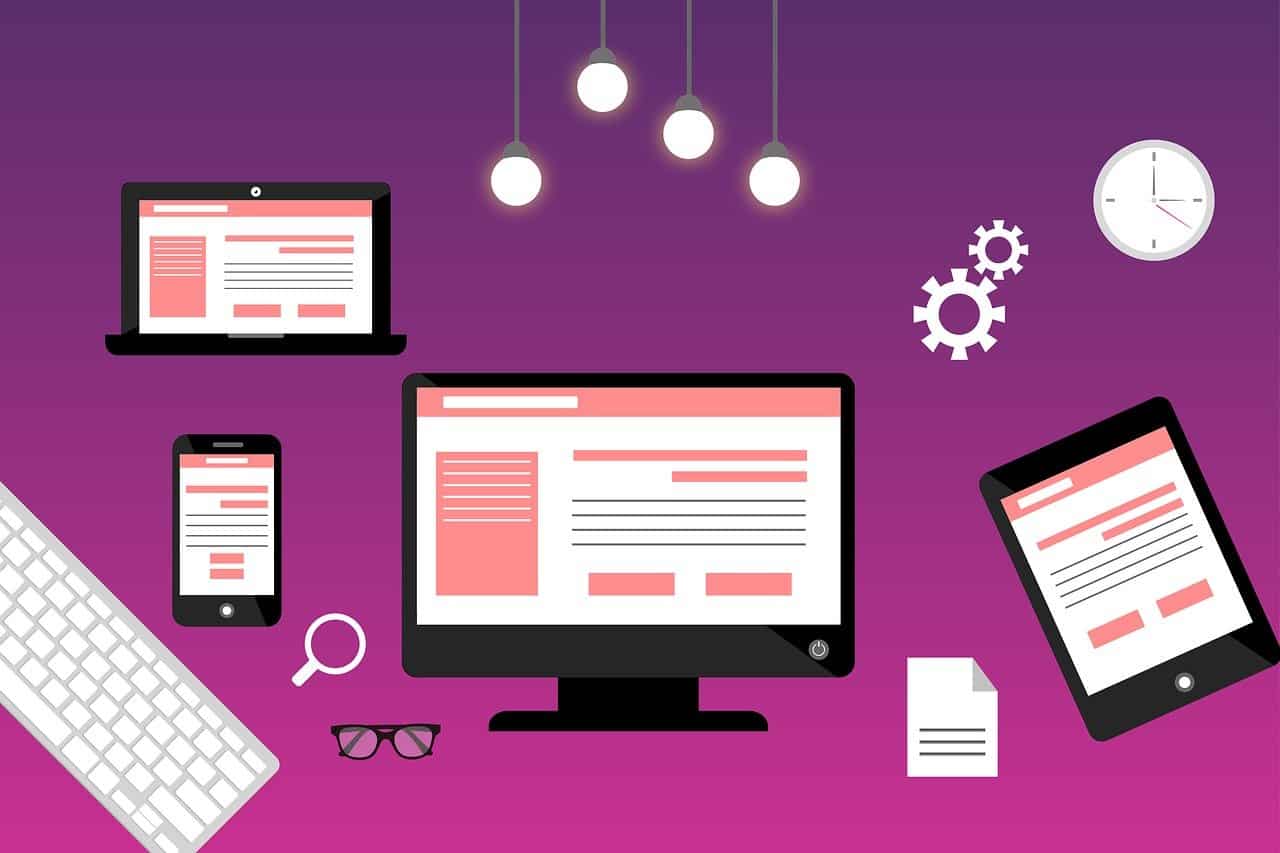Empathy is at the root of the design thinking approach and human-centric design. But what is empathy? Why is it essential to include empathy in the design process? How is it beneficial for a business? This blog will understand what empathy is and how it helps create impactful business solutions.
- What is Empathy?
- Empathy vs Sympathy
- Empathize Methods
- Empathy in Design Thinking
- Why Empathy is crucial for a business
- Conclusion
What is Empathy?
When an individual puts aside their perception of a situation and looks at it from another person’s eyes, it is known as empathy. We can see, feel, and experience a situation from someone else’s perspective. Through empathy, we can understand their ideas, thoughts, and needs. Of course, we cannot experience the situation exactly as another person would, but understanding their point of view to the best of our ability is essential to building an empathetic approach to solutions.
The IDEO Human-Centered Design Toolkit explains empathy as a deep understanding of the problems of the people who you are designing for. Learn about the difficulties people face, understand what they need, what environment they are working in, and their interactions with the environment. This helps us better understand people’s emotional needs and how design can have a positive or negative impact on their lives.
While talking about empathic research, we need to understand that, unlike traditional marketing research, we try to understand their motivation and thoughts (for example, why one wants to go out rather than stay in) rather than facts. Empathy is inherently subjective.
Empathy vs Sympathy
Often confused with the word empathy, sympathy is more about one’s ability to show concern for an individual’s experience. It does not necessarily require one to experience deeply for the other person. Sympathy also involves a sense of detachment and projection of pity and sorrow for the other person. This feeling of sorrow or pity may not sit well with individuals and is not beneficial in the design thinking approach.
In the design thinking approach, we need to understand the needs of the individual for whom we are designing solutions. Understanding the user in their natural environment helps learn about how they behave, how they react, and what they are feeling. Creating solutions keeping the end-user in mind, with the help of empathy, will ensure success.

Empathize Methods
The first step of the design process is “empathize.” The next stages in the design process are: define, ideate, prototype, and test. The goal of the empathize stage is to understand the people you are designing for and figure out what problem to solve. Now that we know what empathy is, we will take a look at some of the methods used for empathizing.
- Ask What-How-Why
- Ask the 5 Whys
- Conduct interviews with Empathy
- Make use of photo and video user-based studies
- Brainstorm
- Engage with the users
- Create a journey map
- Build empathy with analogies
What is Empathy in Design Thinking
Empathy in Design Thinking is the first step. It is crucial to analyze which problems are arising and empathize with them—observing and engaging with the users to understand their needs while setting aside our assumptions. When we approach a problem with empathy, we can deduce issues that the customer may not even be aware of. Uncovering hidden problems is one of the greatest strengths of design thinking.
Also Read: Top Stages in the Design Thinking Process and Its Methodology
Why Empathy is Crucial for a Business
The core of design thinking is to value a human-centric design approach. Guiding designers from a user perspective to gain insights about their needs will ensure the success of the business. There are three parameters based on which we can measure the success of a design. The first parameter is human-centric and can be referred to as the desirability of the product. The second parameter is the viability of the product or service and helps us measure a business standpoint. Finally, the final parameter is feasibility and helps us understand the technological standpoint of the products or services.
Without understanding whether the product or service is desirable to the target audience, there is a lesser chance of success. A business can’t make a profit on its own if the products and services are not desirable to the customer. Following an empathetic approach to creating design is logical. It is one of the most crucial steps for a business and can help in solving problems that we didn’t know existed.

Conclusion
Designing with the end-user in mind and following an empathetic approach gives a fresh perspective and ensures greater success. Understanding the needs of the user helps in creating solutions that are feasible, desirable, and viable, whether we know the problem or not. If you want to learn more about the stages of design thinking and how to incorporate an empathy-driven approach to your business, you can enroll in the Design Thinking Program and learn with the help of online mentorship sessions and live faculty interaction. Join now!
Additional Reading:
Top 9 Design Thinking Books You Must Read in 2021






